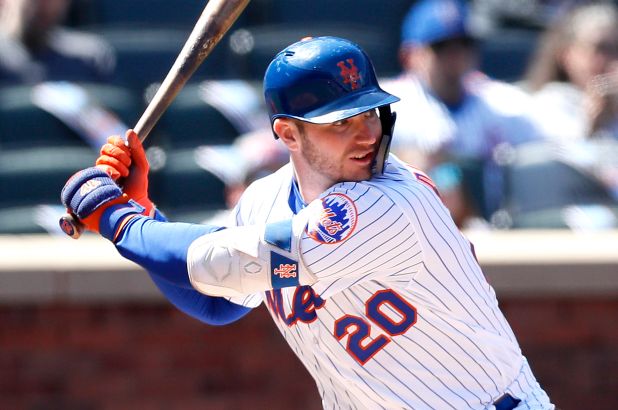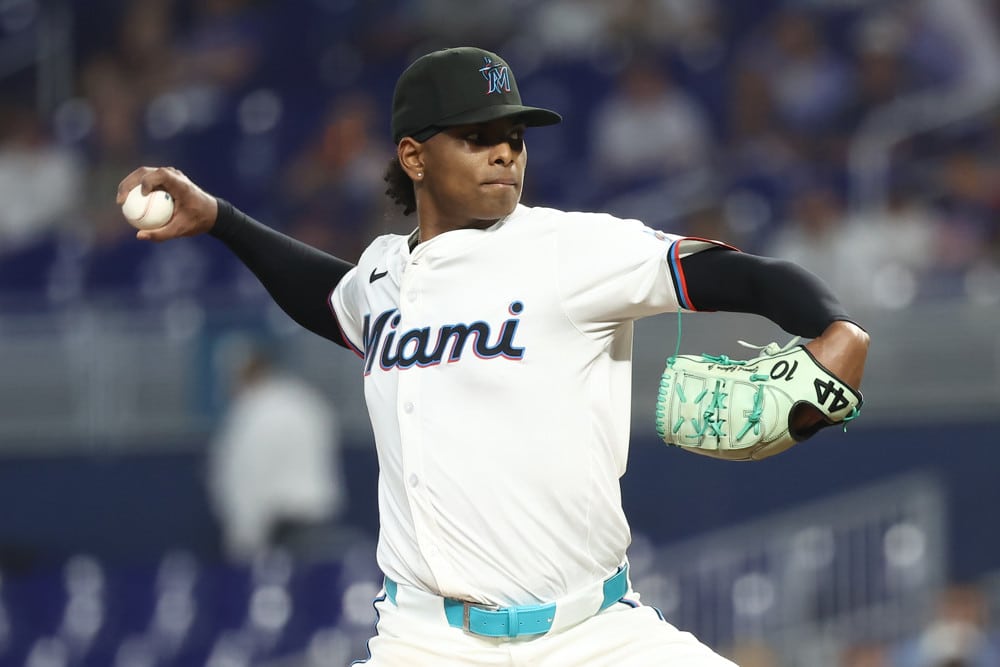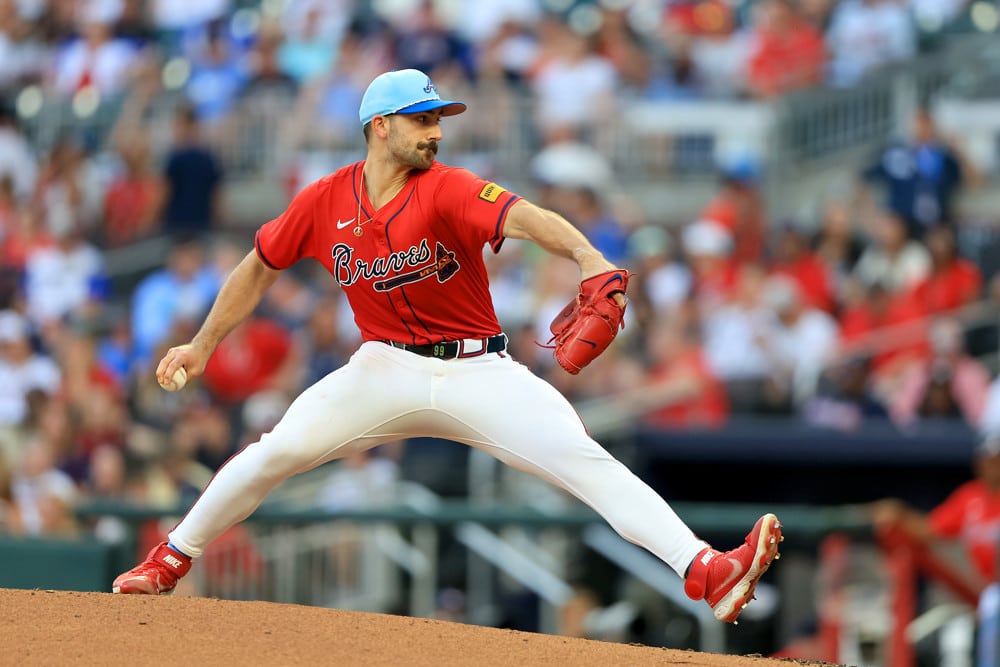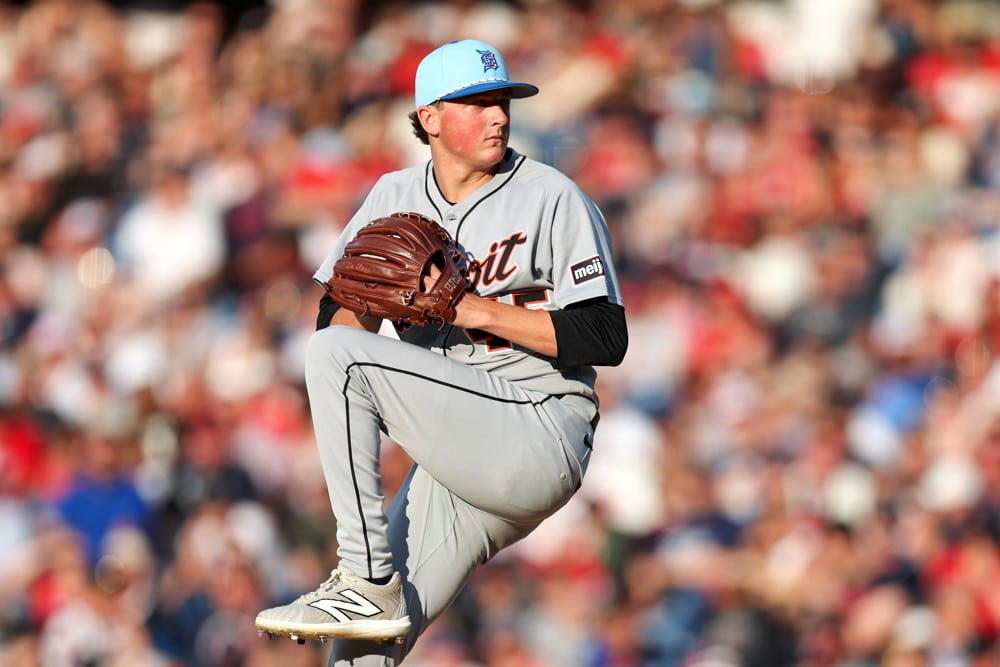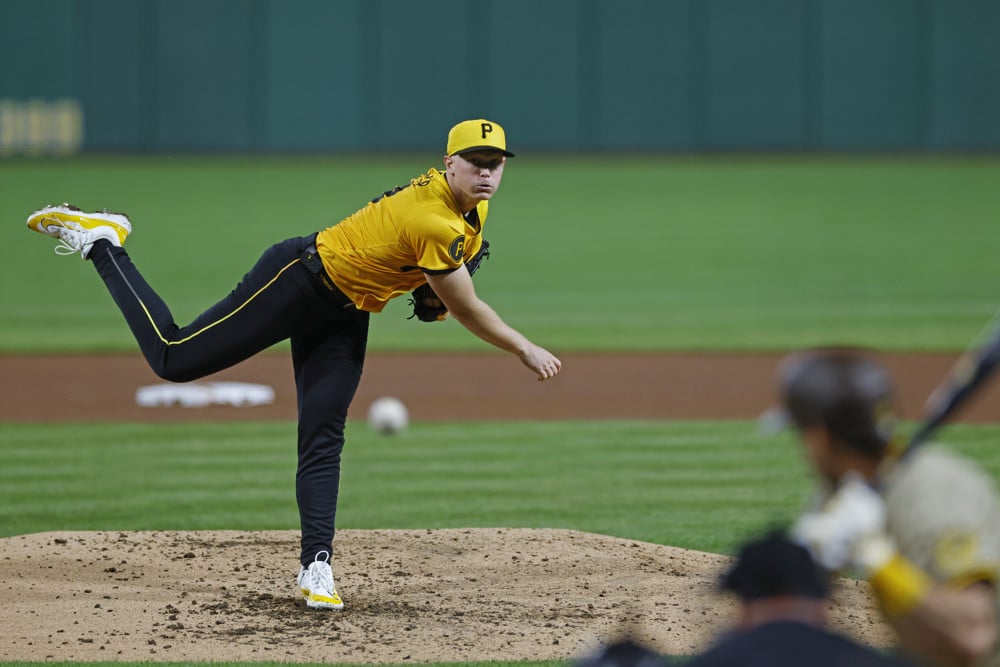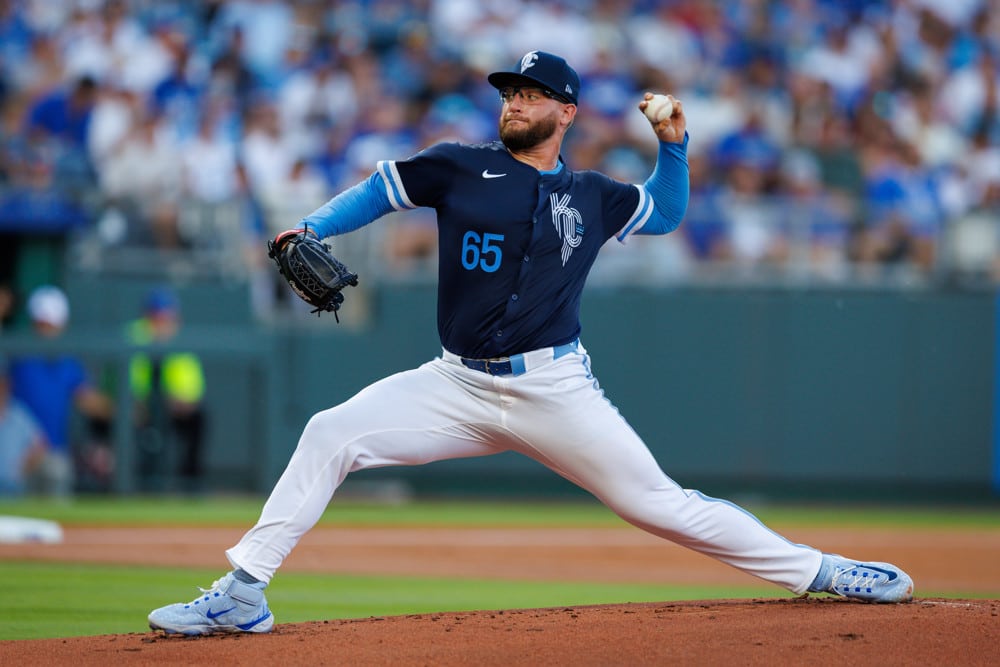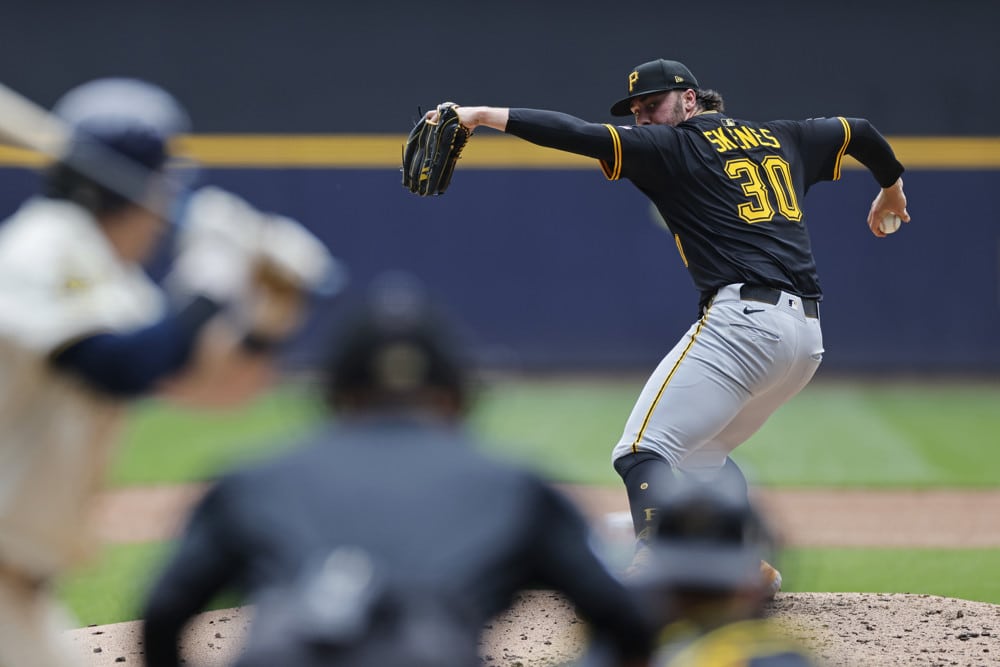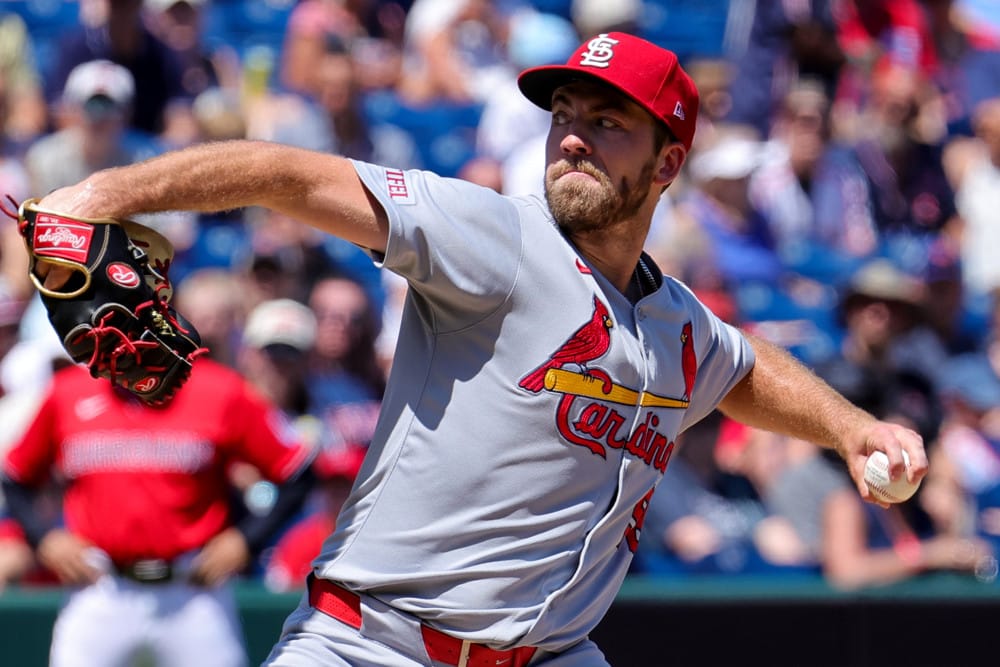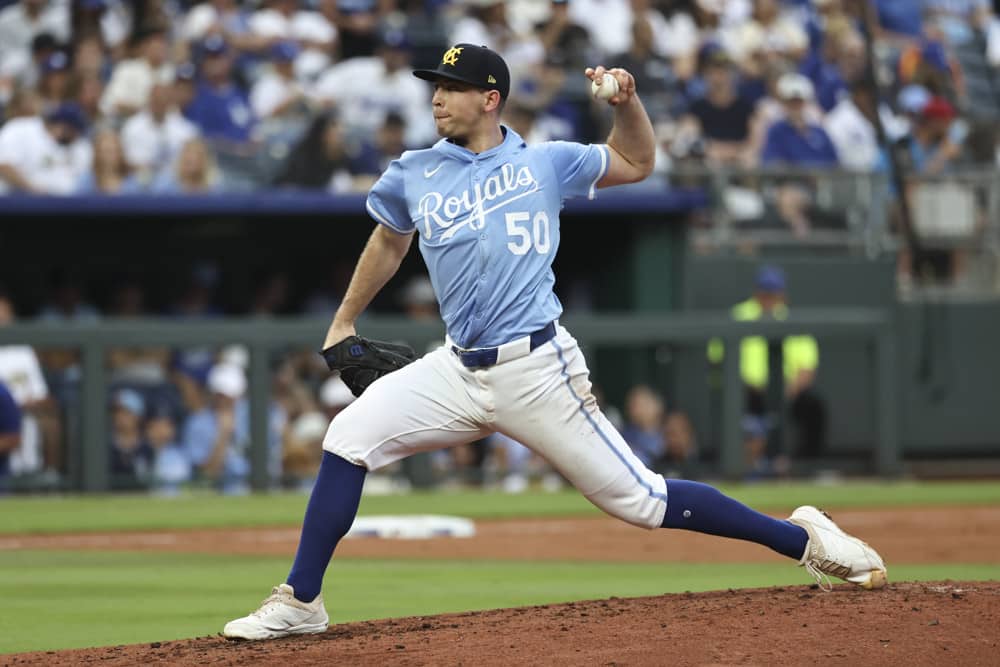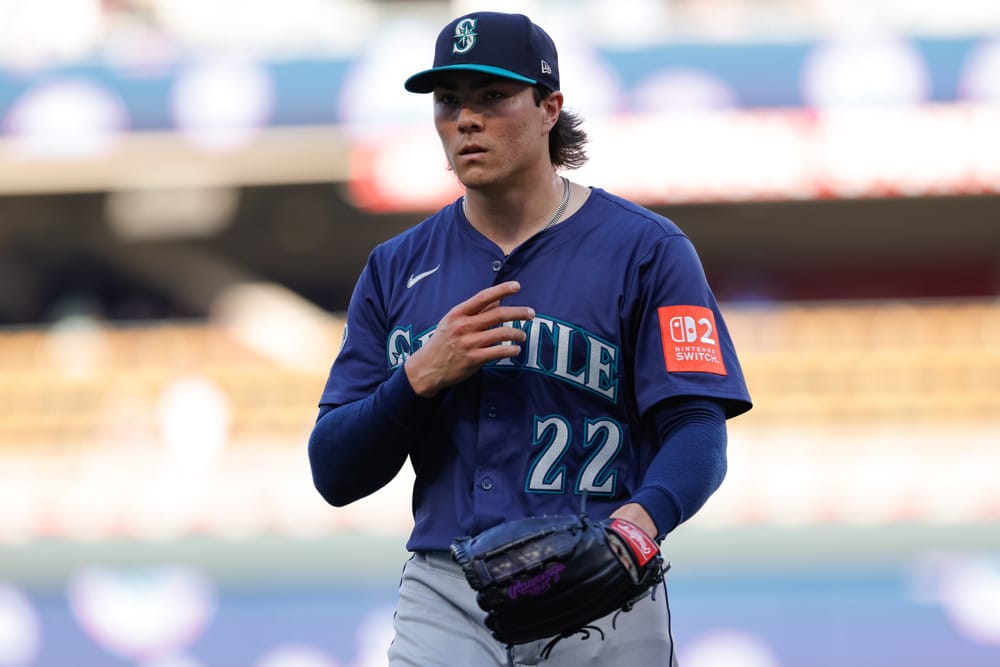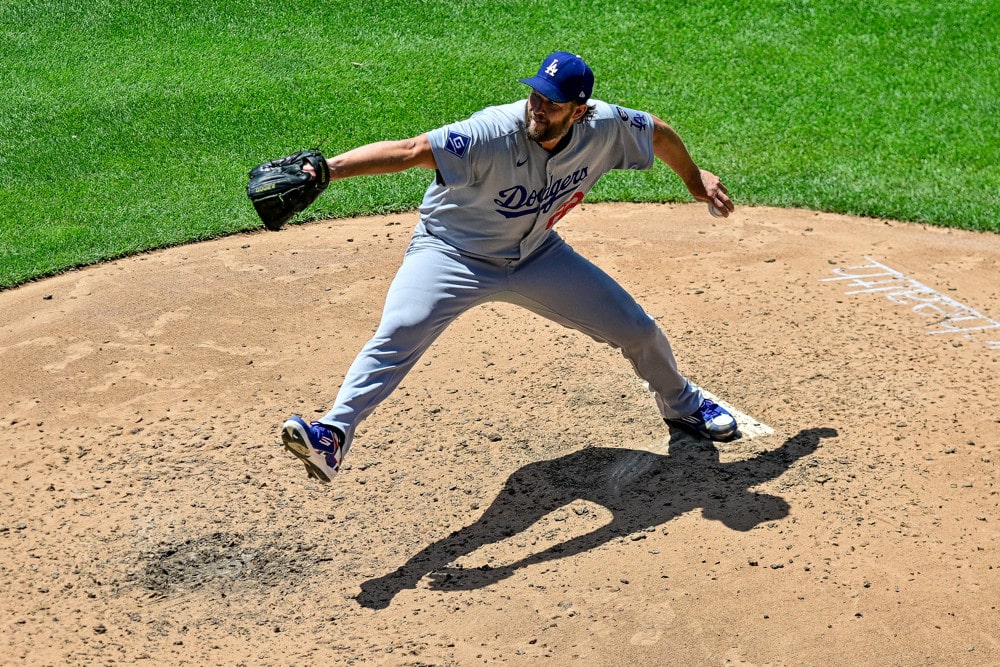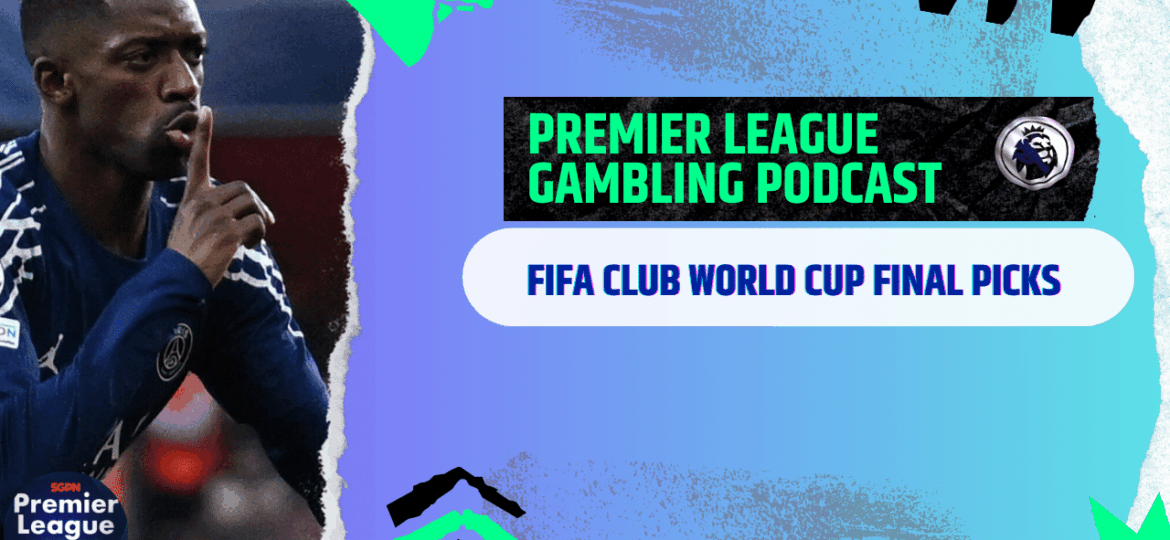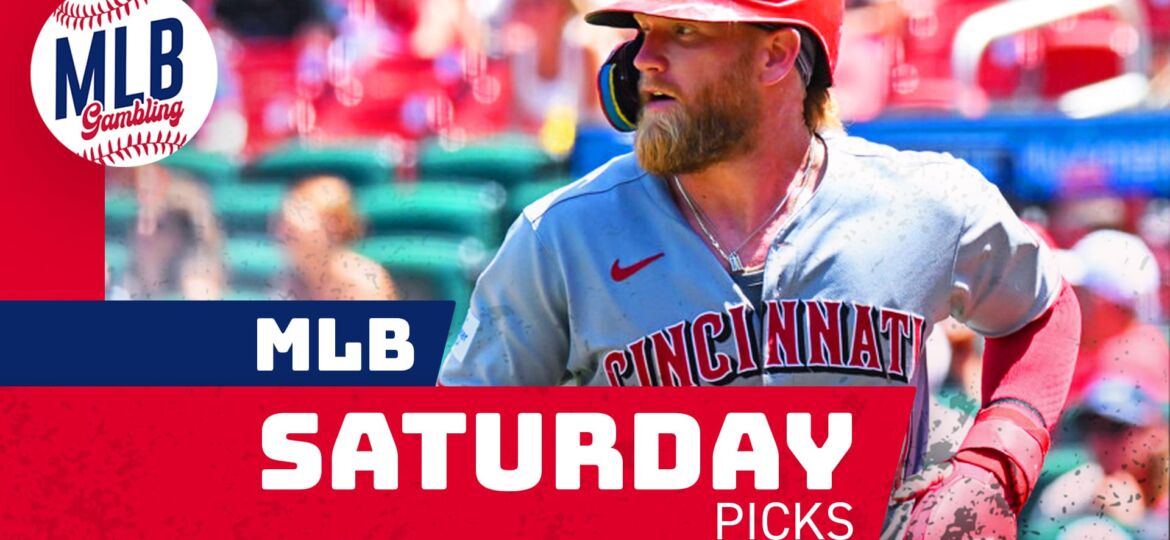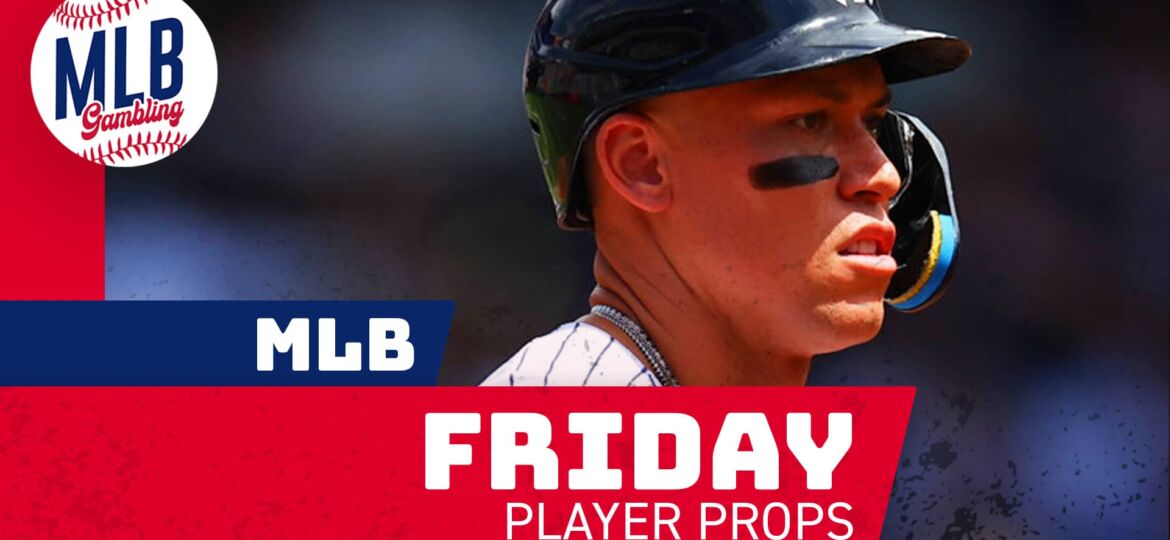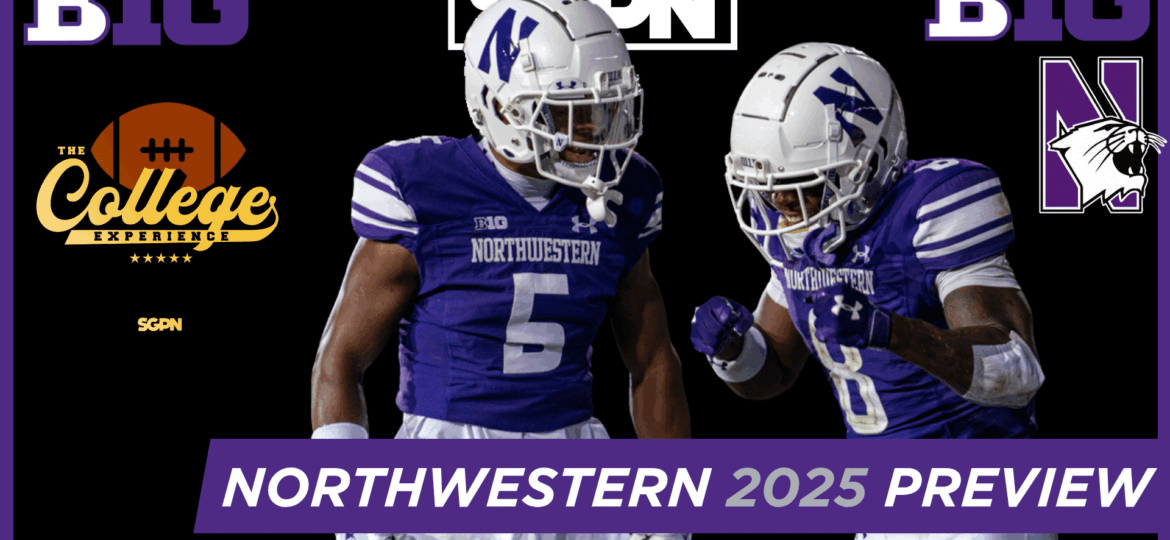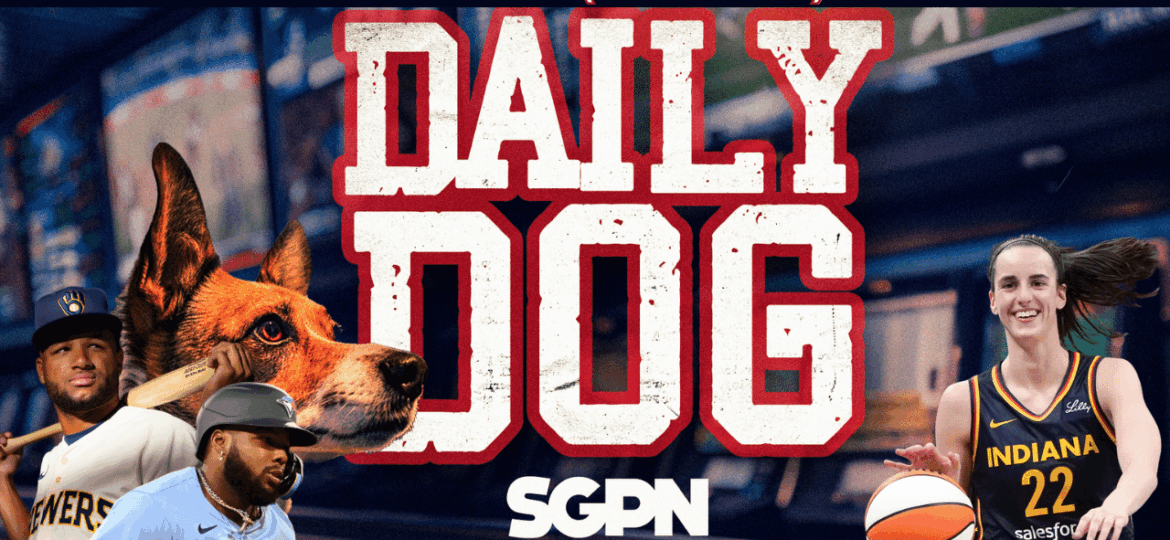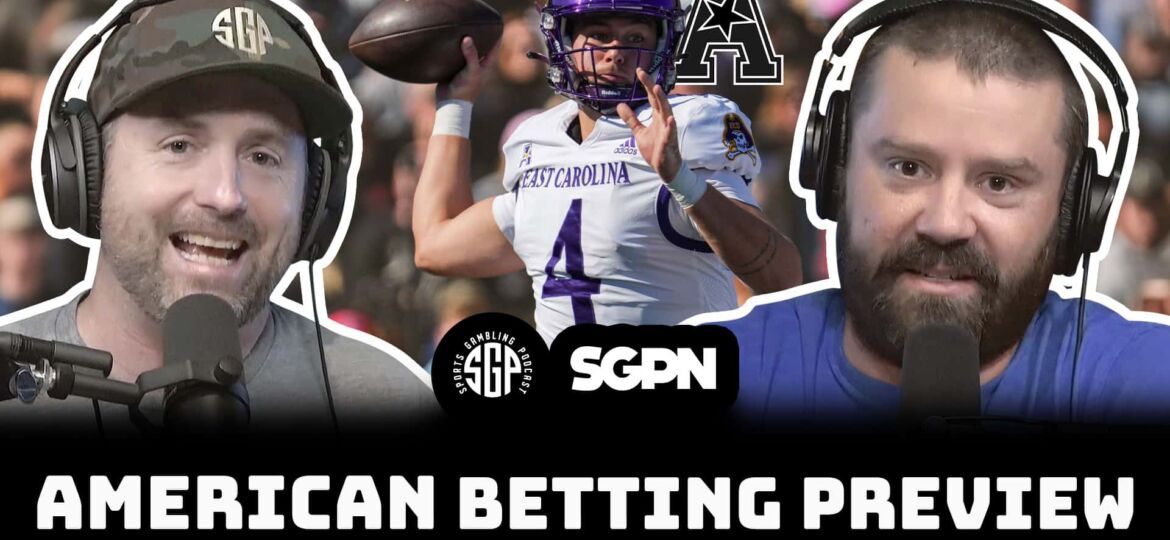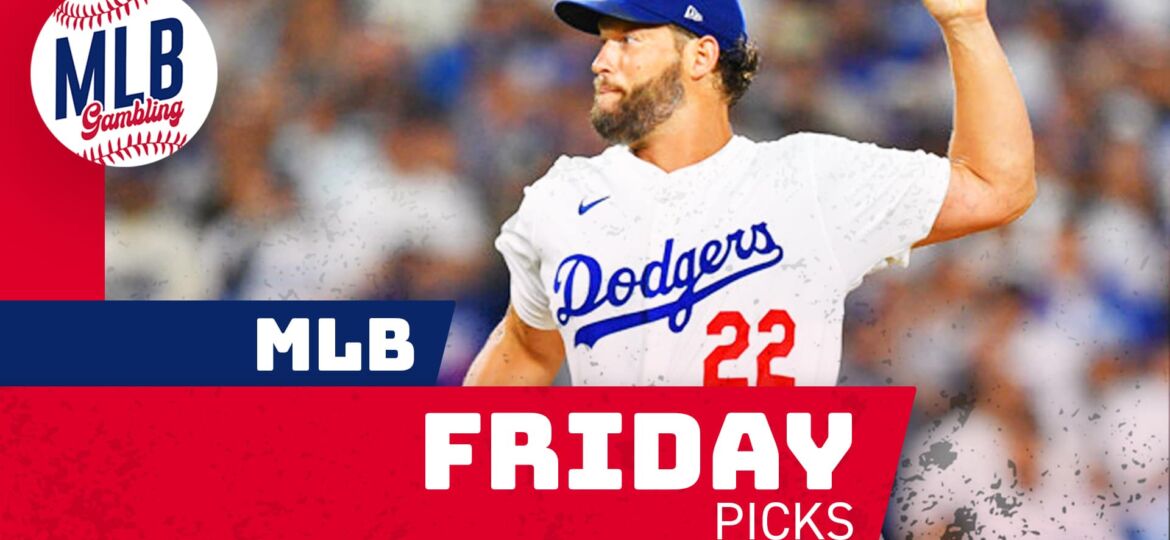It’s not a great time to be a contrarian or under player in Major League Baseball at the moment. Maybe you haven’t noticed, but something is happening when it comes to two types of wagers this season: favorites winning and overs hitting at an alarming rate.
Let’s take a deep dive into what the data shows when it comes to usually the two least profitable bets in baseball.
1. The Favorites
To know where you’re going, you have to learn from the past or you’re destined to repeat it. Let’s look at how blindly betting MLB favorites would have treated you going all the way back to 2011.
2018: -9.88u
2017: -15.9u
2016: +23.13u
2015: -16.42
2014: -34.54u
2013:-16.87u
2012: -47.73u
2011: -57.44u
If you take this all the way back to 2004, favorites are 20622-14928, (-835u)
Wow.
There’s a couple ways you can look at this trend. One is to chalk it up to gambler’s fallacy that every season is completely different and independent. However, the fact remains, betting favorites blindly isn’t a good bet dating all the way back to 2011.
The other way though, is that it’s actually gotten better, at least since 2015. If you started in 2016 and included this season, you’re actually up money backing the favorites.
Here’s the kicker:
2019 blind betting MLB favorites: 538-320 +78.26u
So, what’s the reason? Is it parody shifting like how the NFL spread is dying and mattering 1-2 times per week? Are the great teams really good and the bad ones really bad?
Is it a fluke primed for regression in the second half of the season? Or is this going to be an outlier season where favorites just run through bad teams and you need to adjust your handicapping with the market accordingly until they catch up? That’s for you to decide, I’m just showing you the data to date.
*Stats compiled by @Berryhorse29
2. Overs
Let’s start with what’s on everyones mind, the juiced ball theory. This is actually history repeating itself again as it started in the 1990s. What is the juiced ball theory, actually?
The “juiced ball” theory suggested that the baseballs used in The MLB during the 1990s and early 2000s were altered in order to increase scoring. The theory receded once it became clear that the more likely explanation for the increase in scoring during that time was the increase in steroid use during that era, as documented in the Mitchell Report in 2006. The juiced ball theory made a resurgence in the late 2010s, as a noticeable uptick in offensive output and especially home runs was observed.
According to the juiced ball theory, it was said that a “juiced” ball bounces off the bat at a higher speed. Johnny Oates observed hits being made off pitches that should not have been elevated. In 2000, Jim Sherwood, a professor at Umass Lowell was hired to test the baseballs manufactured by Rawlings. They found no difference.
The theory is back again, as MLB is on pace to break the record of 6,105 home runs hit in 2017 by more than 400.
Pitchers are once again asking if the ball is juiced, J.A Happ had this to say:
“I hate to dive too deep into conspiracy theories,” New York Yankees veteran pitcher JA Happ told USA Todayreporter Bob Nightengale, “but it’s pretty wild what’s happening. I don’t want to take anything away from anybody, but some of these homers that go out, you just shake your head. A guy thinks he has a chance almost all of the time now when he gets the ball in the air.
“Nothing surprises you anymore. It used to be that you kind of knew for sure when a guy got you, and now you don’t know. You see hitters get frustrated, put their head down, and think they missed it, but the ball still goes out.” *via Forbes.com
Jon Lester added:
“Yeah,” Lester said. “I know they’re not rubbed up like they used to be. You get balls back and they’re basically white. It seems like they’re right out of the box. I had a piece of the ball in my finger at one point tonight.
“I think I read something that David Price said — ‘We don’t care; just tell us.’ It’d be nice to know. Obviously you see it across the board in Triple-A — that’s kinda the telltale sign. These guys are way ahead of their home run total that they’ve ever been going to the big-league ball.” *Via NBCSports.com
He’s not wrong. Triple A homers are even more up than ever before.
“Last April, Triple-A hitters homered once every 47 plate appearances. As the weather warmed up, so did the home run rate. Over the course of the entire 2018 season, Triple-A hitters homered every 43 plate appearances. So far this year, they are homering every 32 plate appearances. Triple-A hitters are hitting home runs at a rate of 135 percent of last year’s rate.” *Via NBCSports.com
Okay, you get the point. What does this mean for overs this season in MLB?
From 2005-2018 Overs were 15921-16453, 49.2% -1,106
In 2019 Overs are 409-393, 51% -1.05u.
Josh Appelbaum tweeted out an amazing breakdown of this via Bet Labs that you can find below:
The #MLB Juiced Ball Conspiracy is Real
Overs 2005 to 2018
49.2%, -1,106.16 units (huge loser)This season
51%, -1.05 units (basically break even)Overs cashing 1.8% above historical norm@Bet_Labs pic.twitter.com/AoiMzw7iZg
— Action Appelbaum (@Josh_Insights) May 31, 2019
He even gave you a nice little system on the overs that actually make money, calling it the #JuicedBallSystem:
2019 #MLB Juiced Ball Over System
Low Non-Division Overs (total between 7 and 8)
95-67 (58.6%), +23.33 units won, 13.8% ROI so far this season (via @Bet_Labs )
Tonight: #Nats–#Padres Over 7.5https://t.co/RVffRmguii pic.twitter.com/HI0bVAIdWT
— Action Appelbaum (@Josh_Insights) June 6, 2019
So, as a whole, the overs blindly aren’t making you money, but they aren’t losing you money either to this point. There are certain factors and trends like the one above you can use to your advantage to maximize your return, however.
It’s up to you to decide what’s predictive and what’s just variance, but the fact remains: favorites are cashing and under are not.


